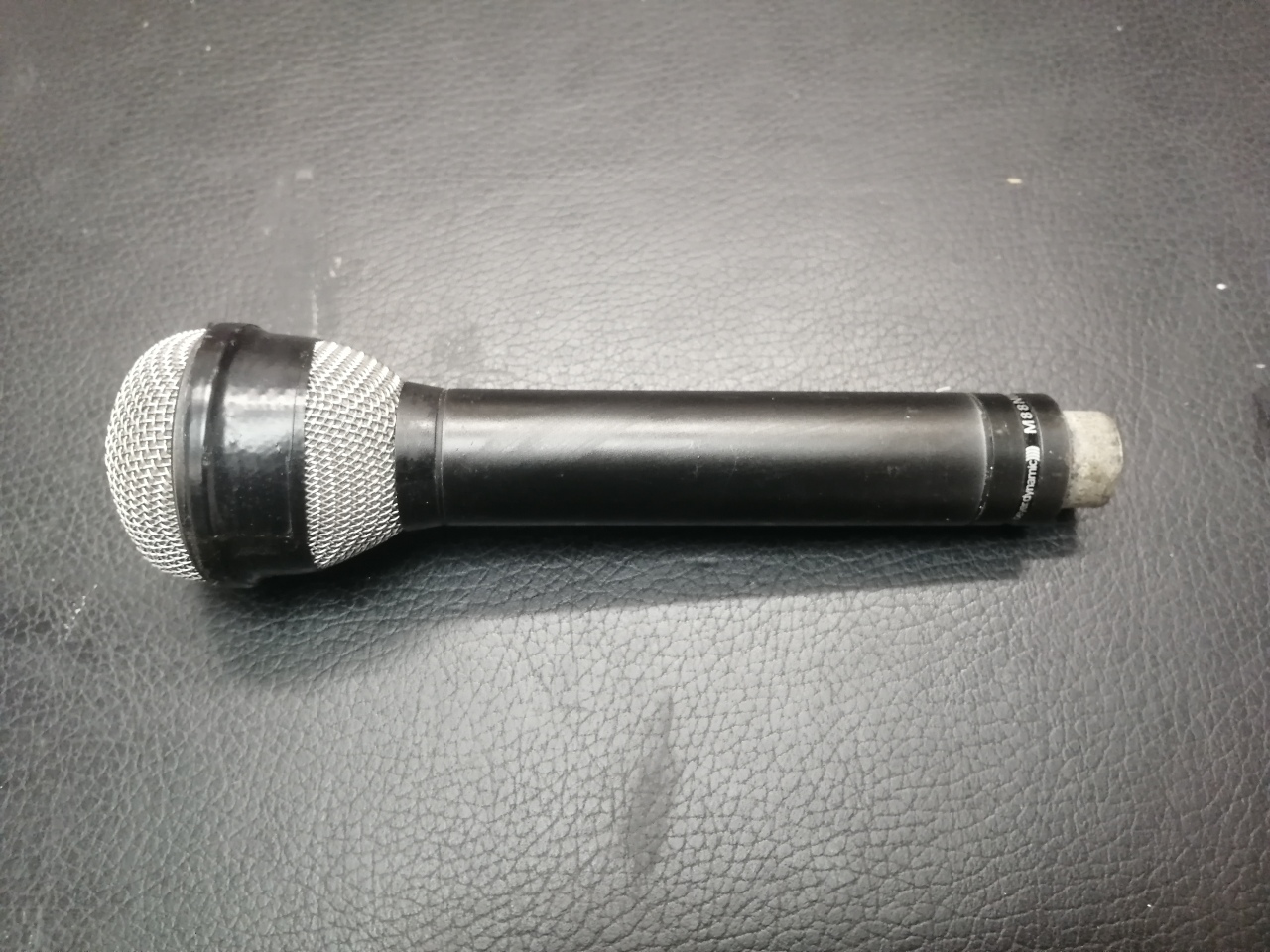
Welcome everyone to another Friday and a delve into the Astra mic collection.
This week, a mic that we should use more often, the Beyerdynamic M88. Although it looks similar to a Sure sm58 this is very different. A hypercardiod polar response pattern makes it very directional and very good at rejecting feedback. As any sound engineer who wants to be taken seriously knows, any feedback will not be tolerated. A very high SPL handling and a listed frequency range of 30Hz-20KHz means it will accurately pick up the sound from any instrument.

This low end range makes it excellent on bass cabs and the low end of Leslie cabinets. Its SPL handling means it can cope with kick drums and brass. The M88’s ability to pick up the high end also makes it good on vocals. In fact, there aren’t many instances where the M88 wouldn’t be an excellent choice. Its ability to handle low end frequencies is what has made this mic a favourite amongst engineers around the world. Finally, the M88’s rugged design and quality finish makes it a must have for your collection, which is why we have two!
Having mentioned response pattens a few times in our posts it seems a good idea to briefly explain what they mean. For a full guide I recommend reading this site but it can be simplified. A polar response pattern is a representation of a microphone’s directional sensitivity to sound pressure. In other words, polar patterns tell which direction(s) a mic will be sensitive to picking up sound and which direction(s) a mic will reject sound. By using the right mic with sensitivity in the right direction you can help keep unwanted stage sound being amplified. This keeps your mix cleaner as you’ll only be dealing with the direct sound of each instrument. Knowing which directions a mic is rejecting can help with positioning mics and monitors so as to avoid feedback. Knowing that not all mics reject noise from directly behind them can avoid problems with on stage feedback.
